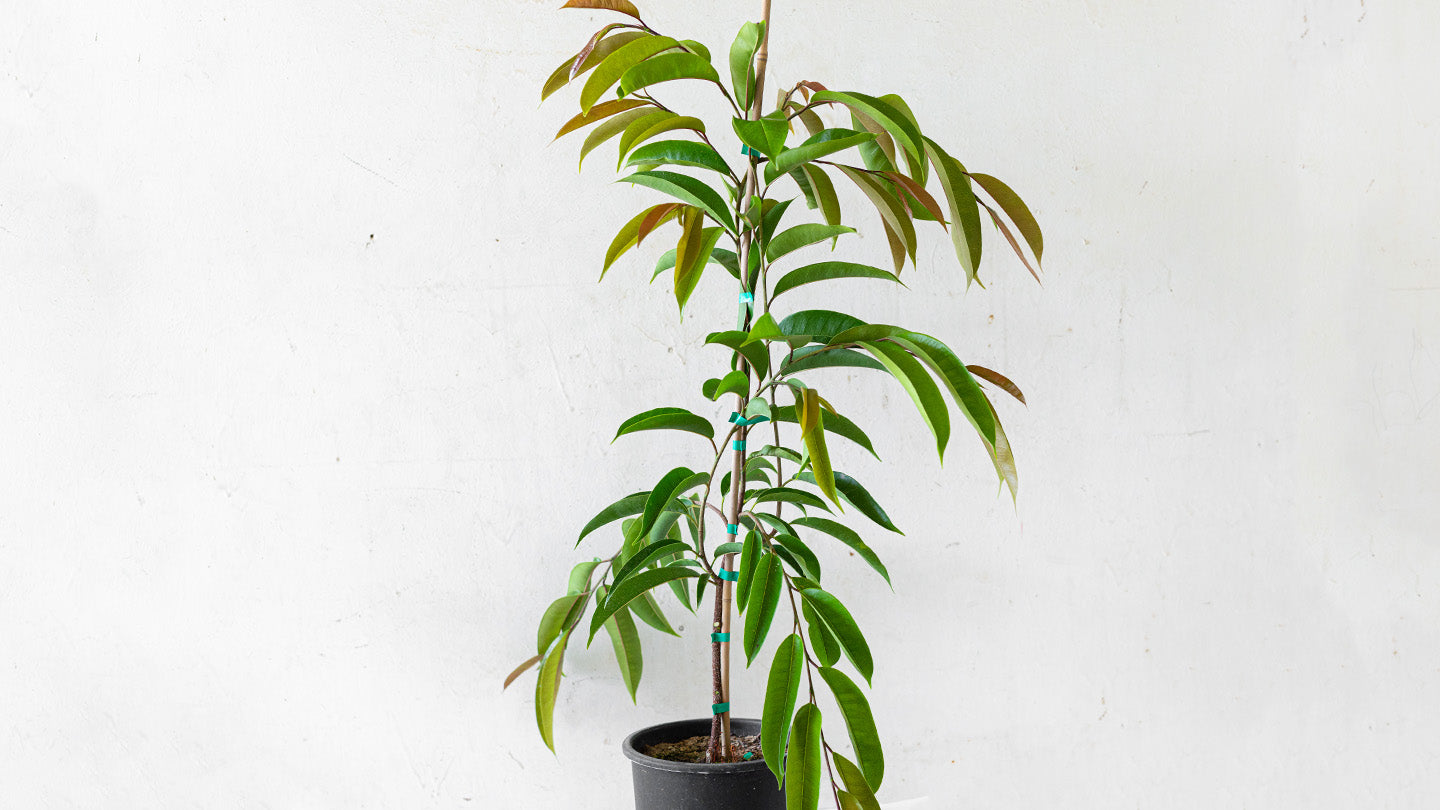cybloom
Amstel King
Regular price
€12,90 EUR
Regular price
Sale price
€12,90 EUR
Unit price
per
Tax included.
Couldn't load pickup availability
Family: Moraceae
Origin: India and Southeast Asia
The Size: Indoors 6 ft. high, 3 ft. wide, outdoors up to 70 ft. tall, 70 ft. wide
Temperature & Humidity: These plants cannot tolerate low temperatures or drafts. Maintain a temperature above 60 degrees Fahrenheit at all times indoors and outdoors, but they will do much better with temperatures above 70 degrees Fahrenheit. Any cold drafts from windows, doors, or air-conditioning units will cause harm. They like a relatively humid environment. Regularly mist the leaves or provide a pebble tray filled with water below the plant.
Lightning: Indoors or outdoors, ficus plants need bright light, but only acclimated plants can handle the direct sun. They appreciate being moved outside in summer but do not place them in direct sunlight. Bright, direct light will scald the leaves and cause leaf loss
The Soil: A ficus needs well-draining, fertile soil. Soil-based potting mixes should work well for this plant and provide the nutrients it needs. Avoid using soils for roses or azaleas, since these are more acidic potting soils.
Watering: Overwatering can be a problem for ficus trees. Water your indoor tree only when the first two inches of soil is very dry. Determine if the soil is dry by sticking your index finger halfway into the soil. Water the ficus evenly throughout the summer by giving it water until it begins to run out of the drain holes at the bottom (remove excess water so the tree is not sitting in moisture). Reduce the amount of watering in the winter. In dry homes, provide plenty of ambient moisture by misting often.
Fertilizer: Feed your ficus with slow-release pellets at the beginning of the growing season. They are rapid growers and will benefit from monthly fertilization in the spring and summer and once every two months in the fall and winter.
Reproduction: Ficus seeds are tough to find naturally if you do not live in the tropics. Seeds can also be tough to germinate. Propagating a ficus tree with air layering is not always a reliable method, either. The best way to propagate a ficus tree is with a stem cutting. Here are the steps:
With a sterilized pair of sheers, cut a stem section from the plant at least 6 inches long. Make sure the cutting has a woody base and green growth at the tip.
Dip the bottom of the cutting in rooting hormone.
Root the ficus cutting in an 8-inch pot with drainage holes filled with well-draining potting soil.
Cover the cutting with a clear plastic bag to keep the soil moist. Cut a tiny slit or two at the top of the bag so the plant can breathe.
Roots will be strong in about 90 to 120 days, at which time you can remove the plastic covering.
Transplant your plant outdoors or into a pot in the spring.
With a sterilized pair of sheers, cut a stem section from the plant at least 6 inches long. Make sure the cutting has a woody base and green growth at the tip.
Dip the bottom of the cutting in rooting hormone.
Root the ficus cutting in an 8-inch pot with drainage holes filled with well-draining potting soil.
Cover the cutting with a clear plastic bag to keep the soil moist. Cut a tiny slit or two at the top of the bag so the plant can breathe.
Roots will be strong in about 90 to 120 days, at which time you can remove the plastic covering.
Transplant your plant outdoors or into a pot in the spring.
Transfer: A healthy ficus will rapidly outgrow both its pot and your house. Repot only every other year to slow growth and keep the plant a manageable size. Check to see if the roots are coming out of the drainage holes and if so, repot. Repotting is best in the springtime when the plant is growing. When repotting, always use a pot of any material that is 2- to 3-inches larger than the last one and has plenty of drainage holes. Use high-quality potting soil for your repotted ficus.
Features of Care: In their native habitats, the ficus is often seen as a landscape tree with hanging and buttressed roots and a magnificent crown. In the home, the ficus is a beautiful specimen plant that can provide many years of lush foliage. It is quite finicky, so be prepared for some specific care requirements.
Difficulties: A common problem with ficus plants is that it responds to stress by losing their leaves. But the leaves could curl and turn yellow, as well, due to stressors. Stress to both indoor and outdoor ficus trees could be caused by any number of things including the following:
Drafts
Pests
Underwatering
Overwatering
Too little light
Low humidity
Change in temperature
Drafts
Pests
Underwatering
Overwatering
Too little light
Low humidity
Change in temperature


